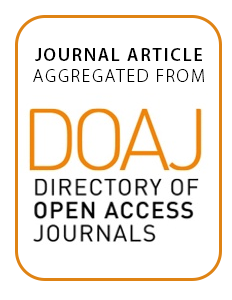Resource information
The emergence of GIS and the availability of high resolution geographic data have improved our ability to investigate the residential segregation in cities and to identify the temporal changes of the spatial phenomena. Using GIS, we have quantitatively and visually analyzed the correspondence between land-use distribution and Arab residential patterns and their changes in the period between 1983 and 2008 in five mixed Arab-Jewish Israeli cities. Results show a correspondence between the dynamics of Arab/Jewish residential patterns and the spatial distribution of various land-uses. Arab residential patterns diffused faster towards areas with relatively inferior land-uses than towards areas with more attractive land-uses, in which a gentrification process occurred. Moreover, large-scale non-residential land-uses act as spatial partitions that divide between Arab and Jewish residential areas. Understanding the association between the urban environment and residential patterns can help in formulating an appropriate social and spatial policy concerning planning of land-uses and design of the built environment in mixed cities.



